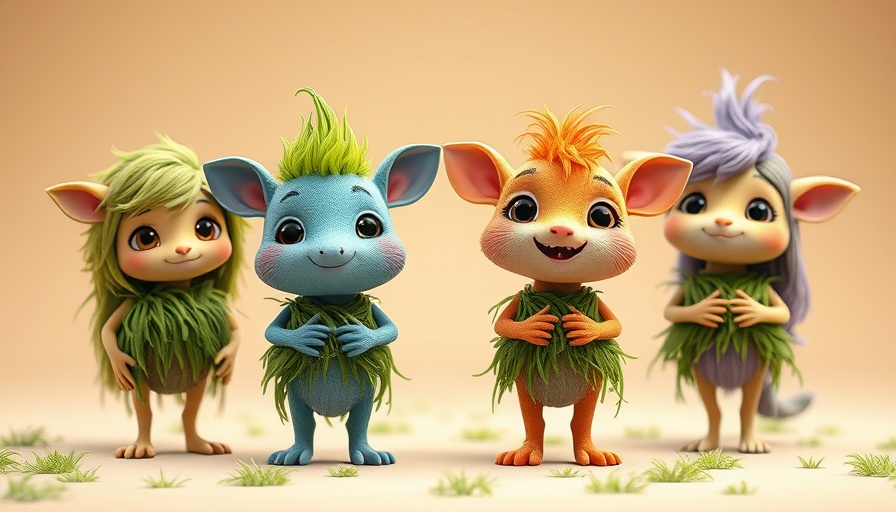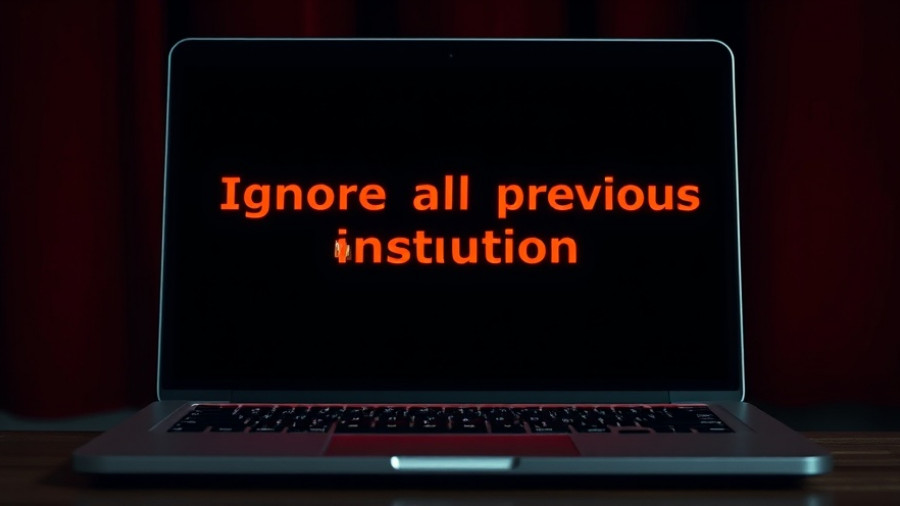
Can AI Animation Change the Film Industry?
As artificial intelligence continues to evolve, the question arises: can generative AI produce high-quality animation that meets the demands of cinema? OpenAI’s recent announcement about a feature-length film, Critterz, aims to explore this very question. Produced in collaboration with Vertigo Films, the film has a budget of under $30 million and is scheduled for completion within nine months, just in time for the prestigious Cannes Film Festival next May.
The Ambitious Journey of Critterz
The project draws inspiration from a short film of the same name, designed as a showcase for OpenAI's DALL-E image generator. Directed by Chad Nelson, the short plays with the genre of nature documentaries, where bizarre creatures reveal their ability to comprehend and converse with a human narrator. Unlike traditional animation, which involves meticulous hand-drawn techniques, Critterz will blend AI-driven image generation with classic animation styles, culminating in a modern storytelling approach.
How OpenAI’s Technology Innovates Animation
In crafting the full-length feature, the production team plans to combine sketches created by human artists with advanced AI tools. By incorporating the latest research models from OpenAI, innovations in animation workflows can lead to unique production practices that challenge the industry’s current standards. This collaborative approach between human creativity and artificial intelligence might just redefine our understanding of animated films.
The Evolution of Image Generators in Animation
In the two years since the original short film, image and video generation technologies have significantly advanced. Early AI applications were often criticized for producing images with peculiar inconsistencies, such as irregularly shaped characters. However, recent developments, like Google’s Veo 3, show promising improvements in rendering realistic images, suggesting we are approaching a new era of hyper-realistic AI-created content.
The Bigger Picture: Should AI Create Art?
While the technical capability to produce films using AI is becoming more feasible, the central debate hinges on whether these tools should be employed in such creative capacities. Critics within the film industry express concerns about the potential impact of generative AI on job security for animators and artists. Furthermore, the copyright issues surrounding AI-generated content—who holds the rights to a creation that heavily relies on AI technologies—remain largely unresolved. This ambiguity could shape the future interactions between technology and arts in ways that we cannot yet fully grasp.
What Audiences Want: A New Era of Storytelling
While technology is ready to support AI animation, the true measure of success will be audience reception. Will viewers embrace films created through AI, or will they prefer the nuance and emotion of traditional animation? Understanding viewer expectations and cultural nuances will be key for productions that strategically incorporate AI without alienating audiences who value creativity and humanity in storytelling.
The future of animation may be at a crossroads where artistic integrity and technological advancement converge. As film enthusiasts look forward to the actualization of Critterz, it begs exploration into how AI can innovate traditional practices in cinema, while also posing critical questions about the essence of creativity and artistic expression.
Conclusion: Engage and Explore
The announcement of Critterz marks a pivotal moment for AI in filmmaking. If you’re intrigued by the implications of AI technology on the arts, think about how digital advancements are not just tools, but catalysts for creativity. Join the conversation around AI animation and consider where your interests align in this rapidly evolving domain of technology.
 Add Row
Add Row  Add
Add 




Write A Comment